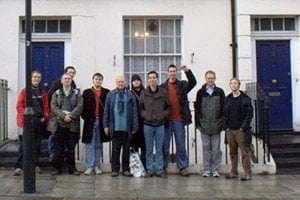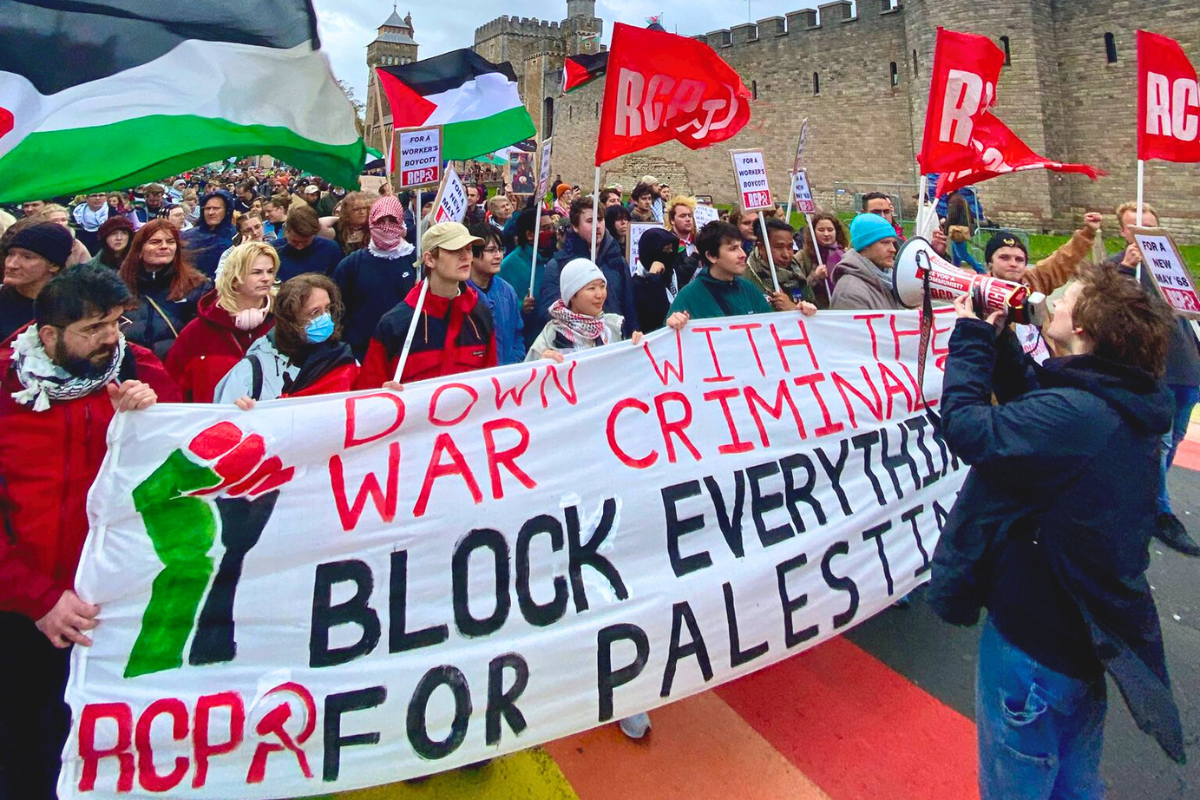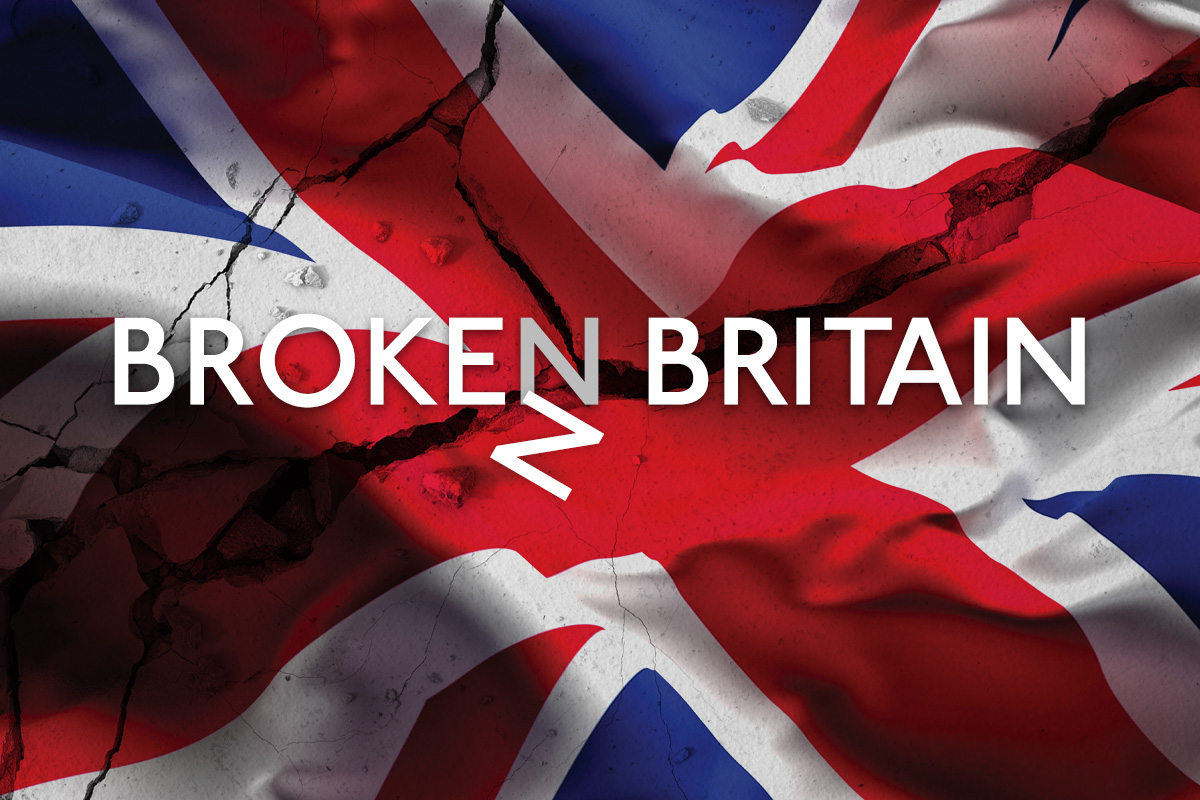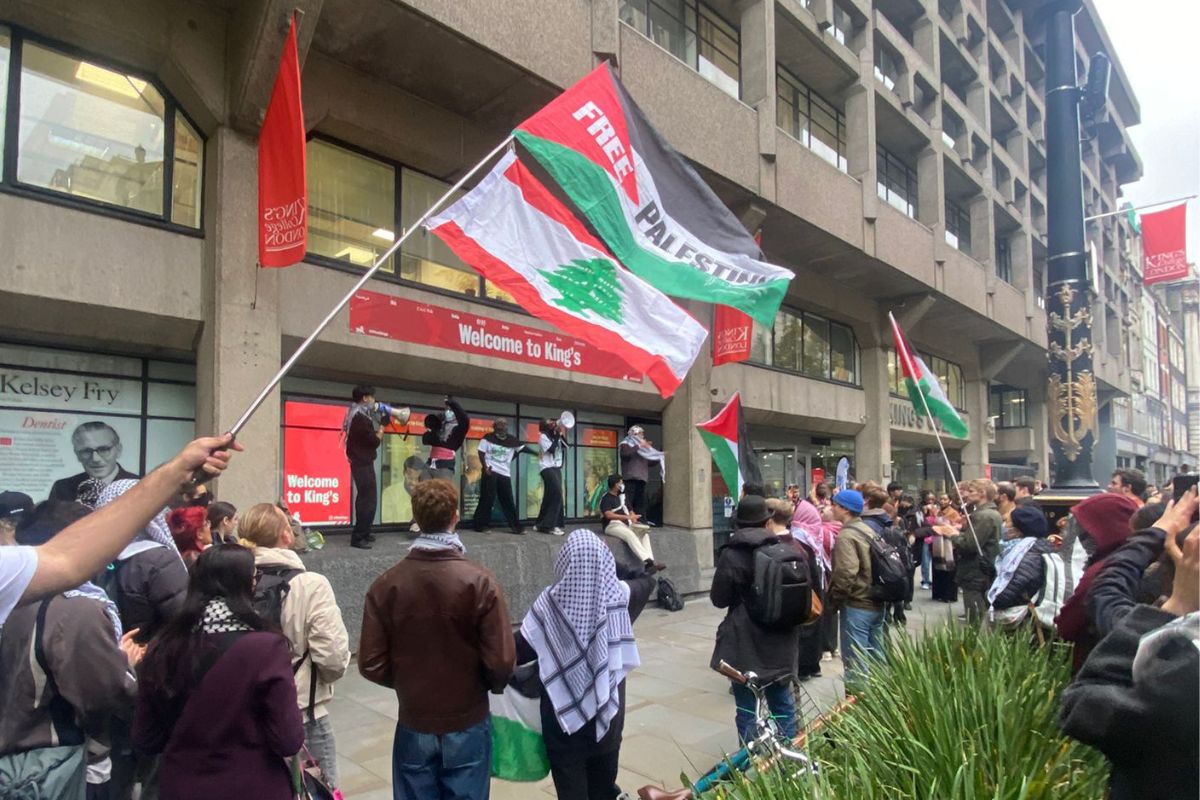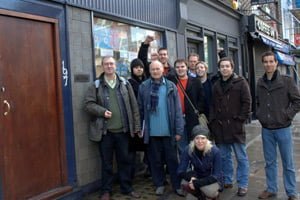 |
On Saturday 8th November, in celebration of the
91st anniversary of the Russian Revolution, students of ULU’s Marxist Society
organised a Lenin tour of London. The tour, led by Rob Sewell, provided a
unique insight into some of the places both Lenin and his life long partner and
comrade Nadezhda Krupskaya lived
and where they worked to build the Russian Marxist movement, destined to lead
the Russian working class and peasantry to victory in 1917.
En route to the first port of call, we passed an office where the headquarters
of Militant, at 197 Kings Cross Road,
the most successful Marxist tendency in British history, was once situated. Militant, founded by the late Ted Grant,
participated in the British working class struggle for three decades in the
traditions of Marx, Engels, Lenin and Trotsky, and is now carried on in Britain
by Socialist Appeal. It was an
appropriate stop, reminding us that Lenin and the Bolsheviks are not simply
ancient history to be marvelled at from afar, but are as relevant and alive
today as in 1917.

|
Rob Sewell introduced the tour with an account of the importance of Lenin’s
life and work in contributing to the development of Marxism and, having led the
only genuinely successful Socialist revolution, to the practical application of
revolutionary work.
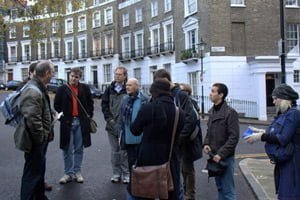 |
Lenin first moved to London in April 1902 to continue his work on Iskra, the
first Russian Marxist newspaper. On their arrival, they stayed for 10 days with
an old revolutionary Alexeyev at No. 14 Frederick Street. This was very near to
the place where Martov and Vera Zasulich, the other members of the editorial
board, lived. Trotsky joined them in October 1902, and, was so eager to meet
Lenin that he decided to call round at the crack of dawn – to be told by
Krupskaya he was still in bed. Trotsky shared a place with Martov and Zasulich
in Sidmouth Steet. There is no plaque to say that Lenin lived at Frederick
Street. He and Krupskaya moved to a new address in Holford Square, which was
redeveloped as Percy Square.

|
We journeyed to Percy Square, where Lenin returned during his second stay in
London in 1905. The area received heavy bomb damage during the Second World War
and has been largely rebuilt. Nevertheless there is plaque on the site of the
house where Lenin lived, and it is the only one of its kind in London. There
was also once a bust in the square, but it stands no longer, desecrated by
fascists in the 1930s. Rumour has it that the bust was buried nearby, although
no one knows where.
Heading to Marx House, our final visiting place, we stopped off at a pub Lenin
frequented, called the Old Queen’s Head in Islington. The staff showed us the
hall above the pub where exiled Russian Marxists held their meetings. It was
here that the police detective hid himself in a cupboard to overhear the
conversations. However, as they were in Russian, he was none the wiser!

|
Our final stop was Marx House in Clerkenwell Green The building was a gathering
place for radicals in Britain and this is where Lenin edited the Iskra. The building
now stands as a museum and the square is the annual gathering place for Mayday
demonstrations. The building was managed largely by the Communist Party, who,
in their wisdom, decided some years ago to rip up the floor covering because
Lenin once walked on it, and sold pieces at £1 a time.
The day was a success, thoroughly enjoyed by all who went. On this final stop
we all took a glass of vodka and toasted Lenin and the Bolsheviks.

